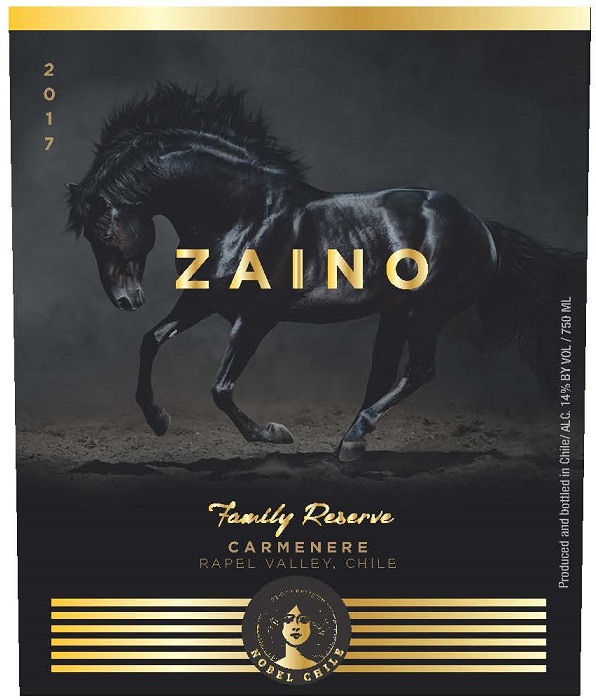Rapel Valley Carmenere
The Zaino Family Reserve showcases a Carmenere from the Rapel Valley, boasting a full body that envelops the palate with its robust flavors. This red wine exudes a deep, rich color that hints at the intensity of the experience it offers. The fruit characteristics in this Carmenere are prominent, adding layers of complexity to each sip. The wine is crafted with a perfect balance of acidity that provides a refreshing lift, complementing the fruit-forward profile. With well-structured tannins and a dry finish, the Zaino Family Reserve is a true testament to the exceptional winemaking traditions of the Rapel Valley region.
The Zaino Family Reserve showcases a Carmenere from the Rapel Valley, boasting a full body that envelops the palate with its robust flavors. This red wine exudes a deep, rich color that hints at the intensity of the experience it offers. The fruit characteristics in this Carmenere are prominent, adding layers of complexity to each sip. The wine is crafted with a perfect balance of acidity that provides a refreshing lift, complementing the fruit-forward profile. With well-structured tannins and a dry finish, the Zaino Family Reserve is a true testament to the exceptional winemaking traditions of the Rapel Valley region.




